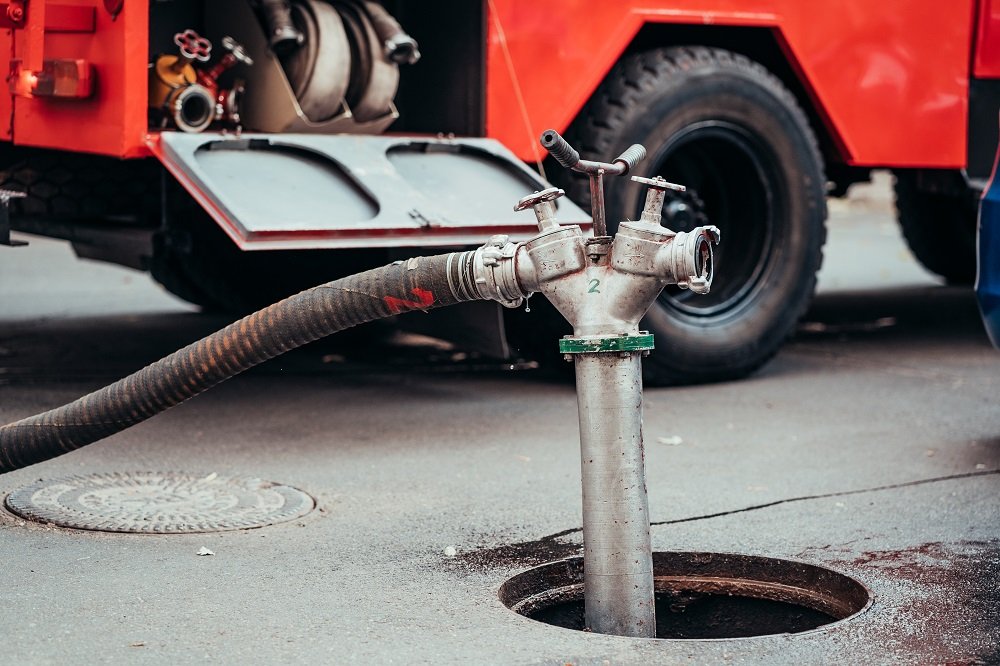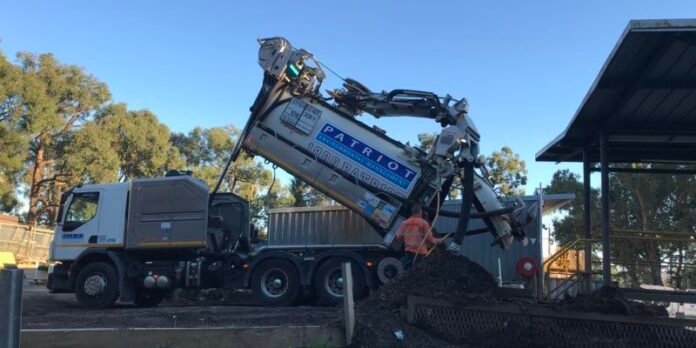Have you ever stopped to consider how vast industrial units manage their cleaning needs? Do you wonder what technology could efficiently handle waste and debris of these mammoth proportions and how the cleaning process impacts the environment, staff productivity and maintenance costs? In this latest feature, we delve deep into the world of industrial cleaning to explore the groundbreaking role of vacuum loading technology.
Industrial environments, teeming with intricate machinery, often generate substantial amounts of waste and debris. This poses considerable challenges in maintaining a clean, efficient work space conducive to optimal productivity while ensuring the health and safety standards are met. Traditional cleaning methods often fall short, as they can be labor-intensive, time-consuming, and even harmful to the environment. Enter vacuum loading technology.
The Vacuum Loading Technology: An Insight
So, what exactly is vacuum loading? How does it function? Vacuum loading or vacuum truck technology leverages high-powered suction to collect, transport and dispose of waste on site, eliminating the need for manual handling.
The robust nature of vacuum trucks makes them ideal for efficiently tackling a vast range of industrial waste types, from fine dust particles to large debris, even hazardous materials. Equipped with large debris tanks, these highly mobile machines have quite literally, sucked traditional industrial cleaning methods into oblivion.
While vacuum loading technology reduces operational risks and elevates job-site safety, it is not a one-size-fits-all solution. Industrial environments vary drastically, and thus require specifically designed vacuum systems to cater to their unique waste control needs.
Why Vacuum Loading?
Why would an industrial unit opt for vacuum loading versus traditional methods? Well, for starters, it enhances operational efficiency. Traditional cleaning methods typically require exhaustive manual labour, slowing down processes and increasing costs.
With vacuum loading, large-scale cleanups become quicker, cleaner, and more efficient. The ingenious design of vacuum trucks enables them to reach into confined spaces, accessing materials that are otherwise difficult to remove.
Despite the upfront investment in vacuum loading equipment, the long-term payoffs in terms of cost savings, increased productivity, and reduced downtime make it an attractive option for most industrial settings.
The Green Impact
How does vacuum loading technology impact the environment? In an age increasingly attuned to green practices, this question takes centre stage. Vacuum loading technology offers an eco-friendly solution to industrial cleaning.
The vacuum truck minimises airborne dust and harmful emissions associated with traditional waste disposal methods. Moreover, it ensures that hazardous waste is contained appropriately, reducing the risk of contaminating the surroundings or waterways.
However, like every technology, it is not without its environmental concerns. Significant energy consumption and carbon emissions associated with vacuum truck operation deserve mindful attention.

The Potential Drawbacks
Despite the numerous advantages, there are certain drawbacks associated with vacuum loading technology. The initial investment required for vacuum trucks is high, making it less accessible for smaller industries.
Moreover, while vacuum trucks effectively handle a wide range of waste materials, they are not entirely efficient at dealing with chemical or liquid waste. Such wastes require the use of vacuum trucks specifically designed for liquid extraction, adding to the investment.
Lastly, the high energy consumption involved in vacuum loading impacts the overall carbon footprint, calling for regular checks, maintenance and optimisation.
A Look into the Future
As technology evolves, vacuum loading isn’t far behind. Innovations like hybrid vacuum trucks and road-inbuilt vacuum systems are driving the next wave of industrial cleaning.
However, for industries to fully reap its benefits, due thought must be given to customisation according to individual needs, and to make the technology more accessible to smaller enterprises. Adequate steps must also be taken to mitigate the environmental footprints.
Conclusion
Vacuum loading technology has undeniably revolutionised industrial cleaning, elevating efficiency, safety, and environmental sustainability. It presents a compelling solution to the daunting task of large-scale waste control, marking a notable shift from traditional, manual cleaning methods.
However, as with any innovation, it comes with its set of challenges. The high upfront cost, ineffectiveness with certain waste types and significant carbon footprint, pose hurdles that demand attention.
The future of vacuum loading technology lies in its continual evolution, a movement towards customisation for industry-specific waste control needs, and a commitment to easing environmental impact. It’s safe to say that the noise around vacuum loading isn’t likely to quieten anytime soon.








